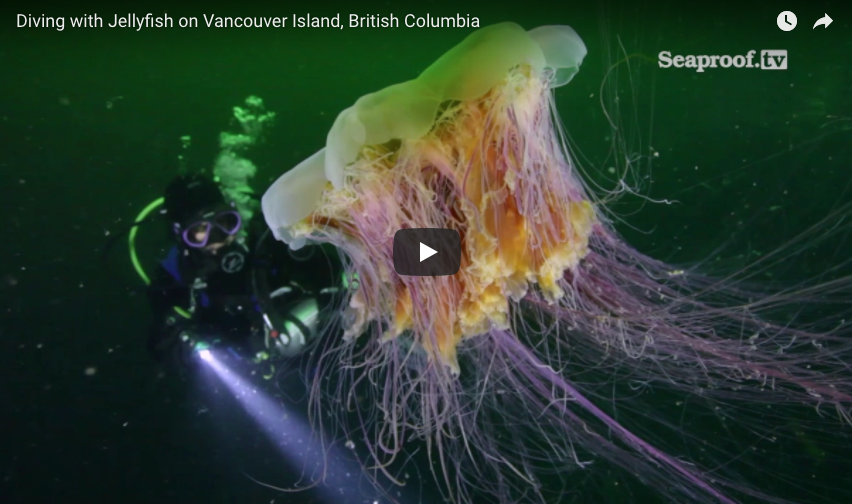Share your BC with us:
Email: [email protected]
BC / DAILY / WHAT TO SEE / LEARN TO DIVE / ARMCHAIR / ABOUT / TALKS / GEAR / WE ARE COUSTEAU / EXPEDITION / CONTACT US
© Copyright 2020 Seaproof.tv & Russell Clark - Underwater Video / Minimentaries / Beneath BC / Beneath Canada
Scuba Diving British Columbia / Snorkel British Columbia / #BeneathBC / #BeneathCanada
Scuba Diving British Columbia / Snorkel British Columbia / #BeneathBC / #BeneathCanada

